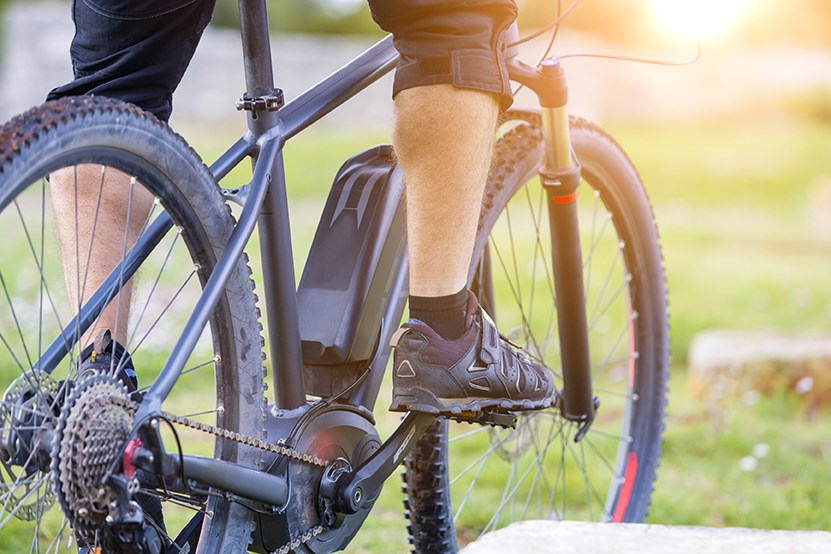BC Parks is following suit on allowing electric bikes on some trails, including many in the Squamish area.
On Aug. 27, BC Parks said the new policy is in effect, allowing e-bikes based on their classification.
Class 1 e-bikes — with a maximum of 500 watts for continuous motor wattage or a max speed of 32 kilometres per hour before motor cut off — can use the same trails where mountain bikes or other cycling is permitted. Class 1 e-bikes are pedal-assist only, and do not use throttle.
Class 2 and 3 e-bikes, which may use throttle or go up to 45 kilometres per hour before the motor is off, can only be ridden on trails where motorized vehicles are allowed. Trails designated for Class 1 e-bikes will also allow adaptive mountain bikes. Some trails will have signs to say e-bike access is not allowed, where there may be environmental impacts.
This update follows an announcement in April that electric bicycles would be allowed on trails established by Recreation Sites and Trails BC, which applied to 25 trails in and near Squamish.
"Cycling in parks can have an impact on trails and wildlife," the BC Parks press release states. "Electric bikes allow more riders to use trails and reach areas that were previously limited to a few visitors, leading to increased pressure on sensitive wildlife and ecosystems."
Squamish Off-Road Cycling Association's Helen Beynon told The Chief the new policy applies to about a dozen trails around Alice Lake and Garibaldi provincial parks. The organization has seen a growing interest in e-bikes, she said.
"The pros of helping people access to nature, and to enjoy the local trail network in ways they might not otherwise be able to, is definitely seen as a positive," she said in an email. "There is concern about people doing more frequent laps on trails, which could lead to more impact and wear and tear on the trails. If this turns out to be the case, it could mean more resources are required for maintenance to protect against degradation."



